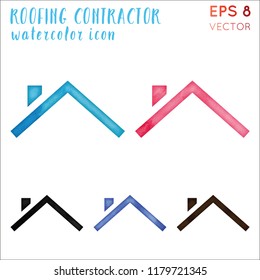Exactly How To Preparation Your Wall Surfaces For A Perfect Paint Job
Exactly How To Preparation Your Wall Surfaces For A Perfect Paint Job
Blog Article
Short Article Created By-Abrams Haugaard
Accomplishing a perfect paint work begins with thorough wall prep work. From filling in blemishes to priming surface areas, each action plays a crucial role in the last outcome. However what concerning those challenging edges and sides that can make or damage the total look? Keep tuned to uncover experienced tips on exactly how to navigate these tough locations with finesse, making sure a seamless surface that will certainly boost your area to new elevations of refinement.
Wall Surface Maintenance
Evaluating wall surfaces for any kind of blemishes and immediately addressing them via necessary repair work is vital for achieving a smooth and remarkable paint job. Before starting the painting procedure, carefully examine the wall surfaces for cracks, openings, dents, or any other damages that can impact the outcome.
Begin by filling in any type of cracks or holes with spackling compound, permitting it to completely dry totally prior to sanding it to create a smooth surface. For bigger damages or damaged areas, consider utilizing joint compound to make sure a seamless repair work.
Furthermore, look for any type of loosened paint or wallpaper that may require to be eliminated. Scrape off any type of peeling off paint or old wallpaper, and sand the surface area to create a consistent texture.
It's additionally essential to inspect for water damages, as this can result in mold development and affect the adhesion of the new paint. Deal with any kind of water discolorations or mold with the suitable cleaning services before waging the paint procedure.
Cleansing and Surface Prep Work
To guarantee a pristine and well-prepared surface area for paint, the next step includes completely cleaning up and prepping the wall surfaces. Begin by dusting mn interior paint color design consultant with a microfiber fabric or a duster to remove any loosened dirt, cobwebs, or debris.
For even more stubborn dust or crud, a service of mild cleaning agent and water can be made use of to carefully scrub the wall surfaces, complied with by a comprehensive rinse with tidy water. Pay special interest to areas near light switches, door takes care of, and baseboards, as these often tend to build up more dirt.
After cleaning, it is necessary to inspect the wall surfaces for any splits, holes, or imperfections. These should be full of spackling compound and sanded smooth when completely dry. Sanding the wall surfaces lightly with fine-grit sandpaper will likewise aid develop an uniform surface for painting.
Priming and Taping
Before painting, the wall surfaces must be keyed to make sure correct attachment of the paint and taped to shield surrounding surfaces from stray brushstrokes. Priming acts as a vital step in the paint process, specifically for brand-new drywall or surfaces that have been covered or repaired. It helps secure the wall, producing a smooth and consistent surface for the paint to comply with. Additionally, you could check here can enhance the sturdiness and insurance coverage of the paint, inevitably bring about an extra professional and lasting surface.
When https://raymondrepak.idblogmaker.com/33128598/uncover-the-essential-questions-to-make-prior-to-hiring-home-painters-and-reveal-the-methods-for-enhancing-your-home-with-a-fresh-paint-work involves taping, using painter's tape along trim, ceilings, and other surfaces you wish to secure is necessary to attain clean and crisp paint lines. Painter's tape is developed to be conveniently used and eliminated without damaging the underlying surface or leaving any deposit. Make the effort to correctly tape off areas prior to repainting to conserve yourself the trouble of touch-ups later.
Verdict
To conclude, appropriately preparing your walls prior to painting is vital for achieving a remarkable finish. By examining for imperfections, cleaning completely, topping the surface area, and using painter's tape for clean lines, you can guarantee a professional-looking paint task.
Making the effort to complete these steps will cause a smooth and long-lasting surface that boosts the overall appearance of your space.
